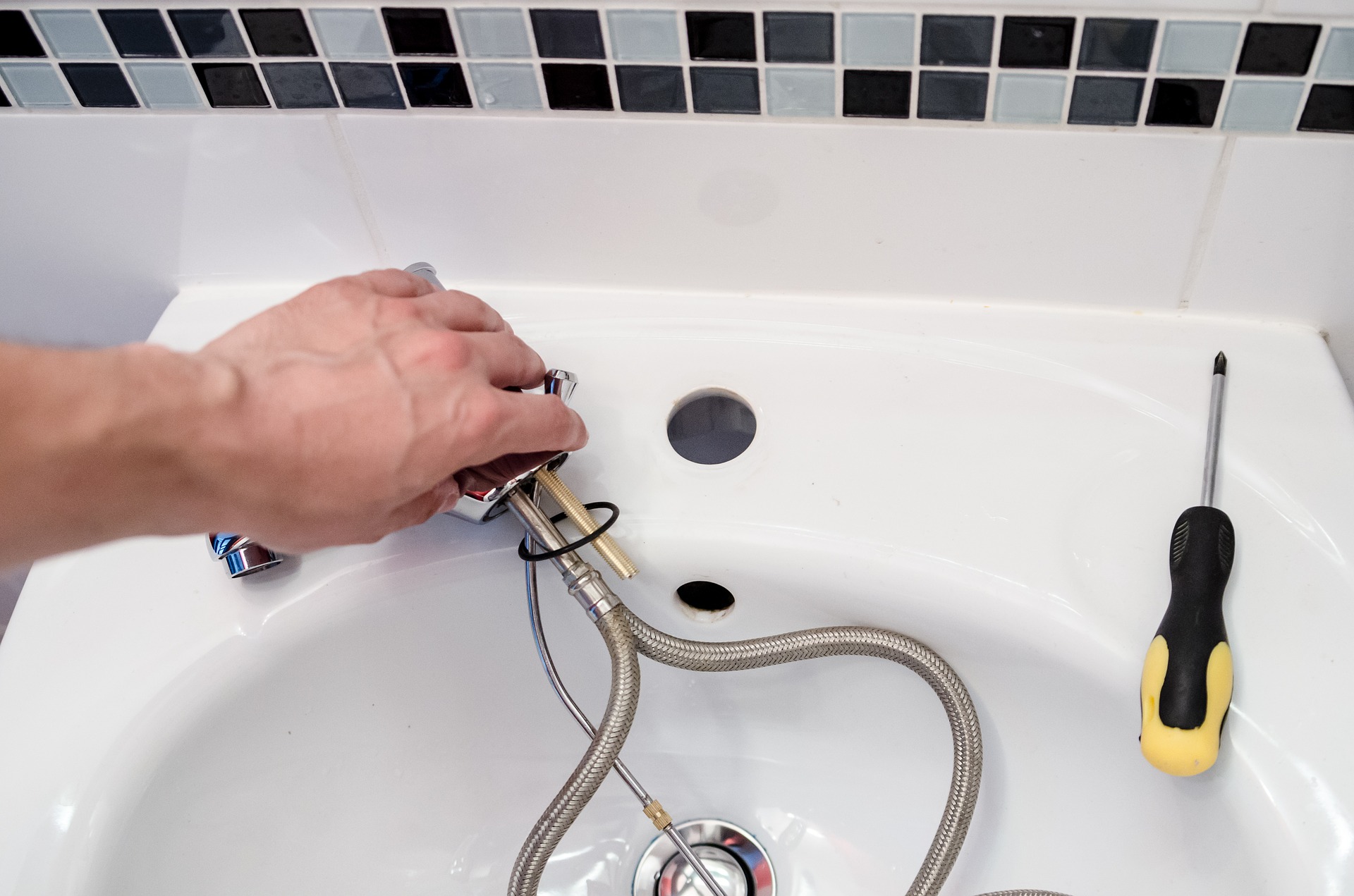Efficient Methods to Protect Your Plumbing and Prevent Freezing in Frigid Weather
Efficient Methods to Protect Your Plumbing and Prevent Freezing in Frigid Weather
Blog Article
Just about everyone will have their own thinking in relation to How to stop pipes from freezing during the winter.

All homeowners that live in warm climates should do their best to winterize their pipes. Failing to do so can mean catastrophe like frozen, fractured, or burst pipelines.
Attempt a Hair Clothes Dryer or Heat Gun
When your pipes are virtually freezing, your dependable hair dryer or warmth weapon is a godsend. If the hot towels do not assist remove any settling ice in your pipes, bowling hot air straight into them may help. Do not utilize other items that produce straight fires like an impact torch. This can lead to a larger calamity that you can not manage. You might wind up harmful your pipes while attempting to melt the ice. As well as in the long run, you might even wind up melting your house. So be careful!
Open Cupboard Doors Hiding Plumbing
It would be handy to open up closet doors that are concealing your pipes when it's chilly outside. They can be someplace in your cooking area or washroom. This will certainly allow the cozy air from your heater to distribute there. As a result, you stop these exposed pipes from cold. Doing this little technique can maintain your pipes cozy as well as limit the possibly unsafe end results of freezing temperatures.
Take Some Time to Cover Exposed Pipes
One very easy as well as cool hack to warm up icy pipes is to wrap them with cozy towels. You can cover them initially with towels. After securing them in place, you can put boiling water on the towels. Do it slowly to let the towels take in the liquid. You can likewise make use of pre-soaked towels in hot water, simply don't fail to remember to use protective gloves to protect your hands from the warm.
Activate the Faucets
When the temperature drops and it appears as if the icy temperature will last, it will certainly help to switch on your water both inside and also outdoors. This will certainly keep the water streaming with your plumbing systems. Furthermore, the activity will slow down the freezing procedure. Notably, there's no demand to transform it on full force. You'll wind up losing gallons of water by doing this. Rather, go for about 5 drops per minute.
When Pipes are Frozen, close Off Water
If you notice that your pipelines are entirely frozen or nearly nearing that stage, transform off the major water valve immediately. You will normally discover this in your cellar or laundry room near the heater or the front wall closest to the street. Transform it off immediately to avoid more damage.
With more water, even more ice will stack up, which will at some point lead to rupture pipes. If you are unclear about the state of your pipes this winter season, it is best to call an expert plumber for an evaluation.
All property owners who live in warm environments must do their best to winterize their pipelines. Failing to do so can mean catastrophe like frozen, cracked, or ruptured pipelines. If the hot towels do not assist displace any working out ice in your pipes, bowling warm air directly into them may help. Transform off the major water shutoff right away if you see that your pipes are completely icy or practically nearing that phase. With even more water, even more ice will stack up, which will eventually lead to rupture pipelines.
PREVENT YOUR PIPES FROM FREEZING THIS WINTER
A Leading Cause of Property Damage
When the weather is taking a deep nose dive into the cold dreary days, the risk of your pipes freezing and potentially bursting skyrockets. Unfortunately, during these cold dreary months, burst pipes are the most common denominator for property damage. The pipes that are most at the risk are those that are in areas where it is most cold in your home. For instance, pipes located in interior places such as basements, attics, and your garage. Unfortunately, that doesn’t mean that the pipes running through your cabinets or exterior walls can’t freeze. Good news, however, is that you can do things to help prevent pipes from freezing.
How to Prevent Pipes From Freezing
Once the temperature starts to drop during the winter, you should be taking the proper measures needed to ensure that your pipes stay warm and that there is circulation of water through them. Some steps that experts may recommend could go against your better judgement when it comes to saving water and heat. However, it would go without saying that when expenses are compared, damaged pipes could put a bigger dent in your wallet than a water bill.
What Can I Do?
Keep your garage door closed. This is very important, especially if you have water supply lines running through your garage. Open your kitchen and bathroom cabinets to allow warm air to circulate through them. Allow air circulation throughout your home. Keeping the interior doors open will once again allow the warm air to circulate inside your home. Ensure your thermostat is running the same temperature throughout the night and day. If you plan to be away from home during the cold months, set your temperature no lower than 55° F. This should provide enough heat to keep the pipes warm and prevent any remaining water inside the pipes from freezing. For more of a long-term solution, add insulation to attics, basement, and other crawl spaces around your home. By allowing your faucet to drip, it will alleviate pressure in the system. This is important because the pressure that is created between the blockage and the faucet can potentially cause the pipes to burst. Allowing the faucet to drip will prevent the pressure from building up, therefore keeping the pipes from bursting. Seal any cracks, openings, and crawl spaces around your home to prevent cold air from coming inside. This keeps your pipes-not to mention your home-warmer and less susceptible to issues caused by freezing temperatures. For the pipes in your home that are easily accessible, applying electrical tape to them might prevent them from freezing over. This is a quick fix, as you can apply the tape directly to the pipe. There are two options for heating tapes. One turns on and off by itself when it senses heat is needed. The other type of heating tape needs to be applied when heat is needed and removed when not necessary. If you have exposed pipes in your home, you can check this website to take a look at a few options that would be available at a shop near you.

As a serious reader on How to Prevent Frozen Pipes, I think sharing that excerpt was necessary. Remember to set aside a second to distribute this write-up if you enjoyed reading it. Thanks a bunch for your time. Come back soon.
Try Here Report this page